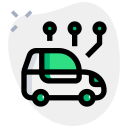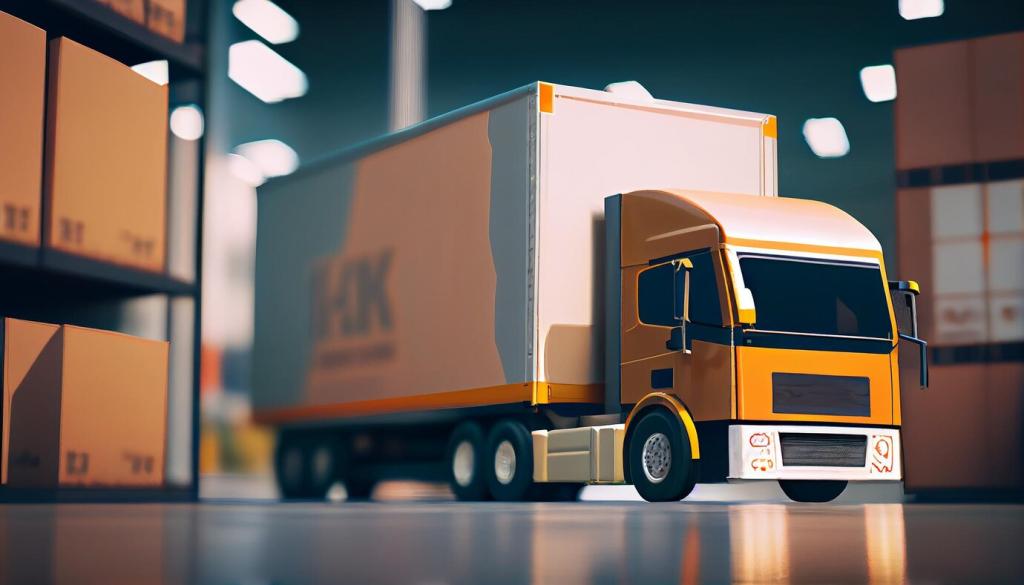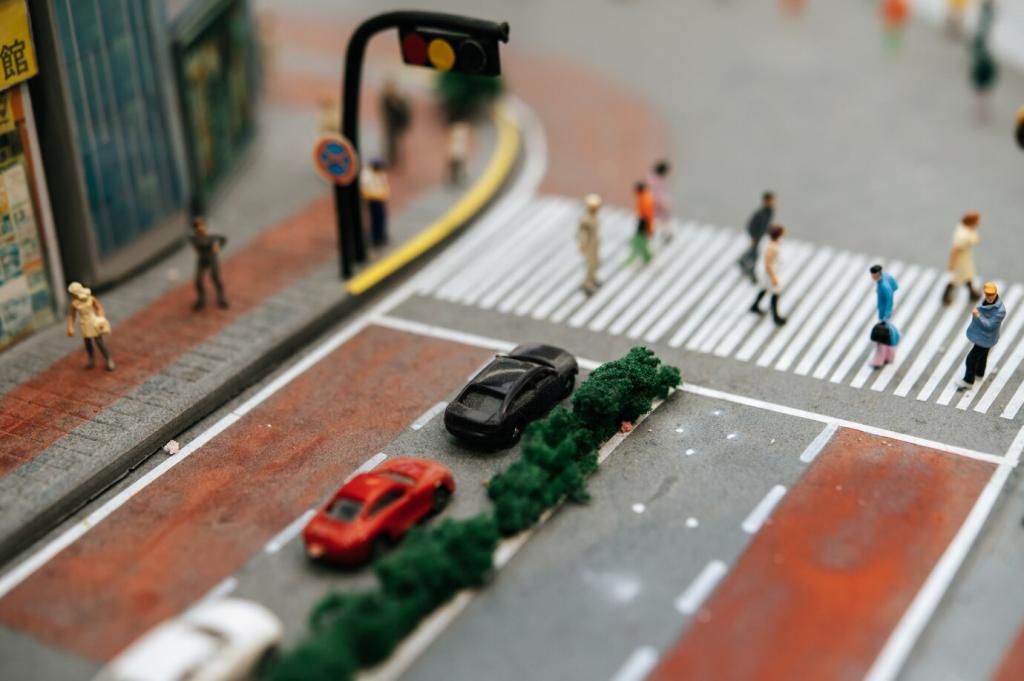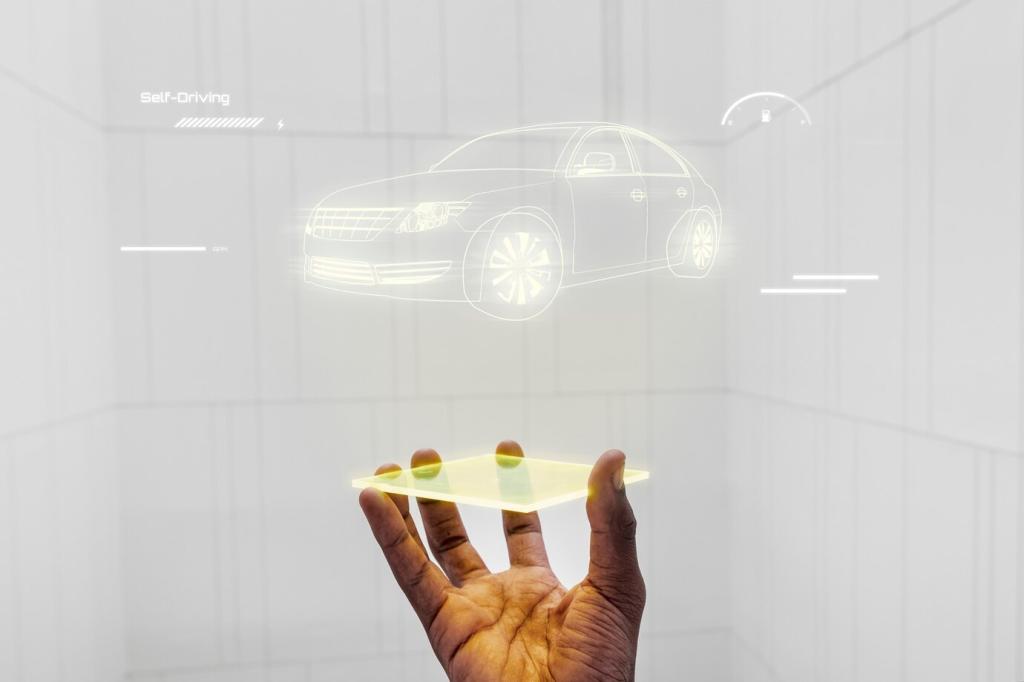How Autonomous Vehicles Perceive the Road
Lidar paints the street with invisible light to measure distance precisely, radar cuts through rain and fog, and ultrasonic sensors handle close quarters. Together, they map curbs, cyclists, and sudden dangers with millimeter-level awareness, even at night.
How Autonomous Vehicles Perceive the Road
High-resolution cameras read lane markings, traffic lights, and hand gestures from crossing guards. Edge AI accelerators classify objects fast enough to matter at 70 mph, turning pixels into actionable insights while keeping latency and energy use in check.




